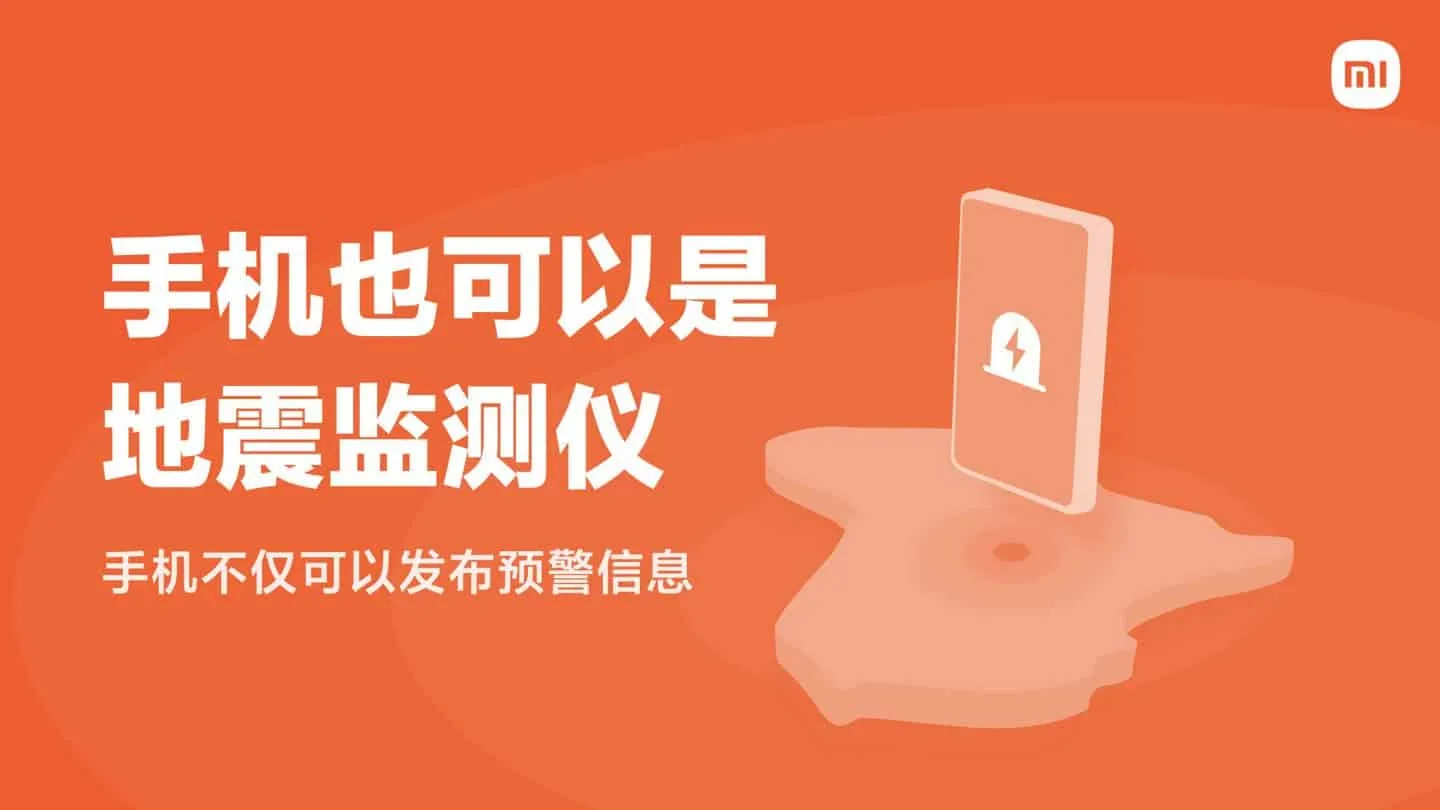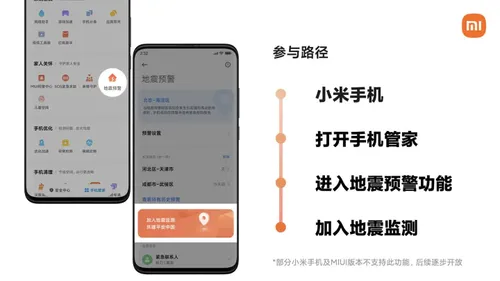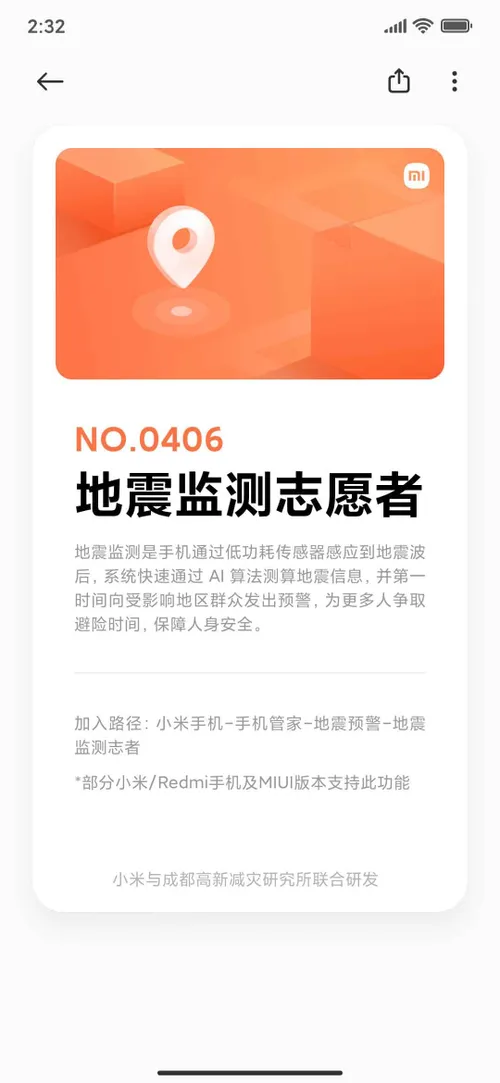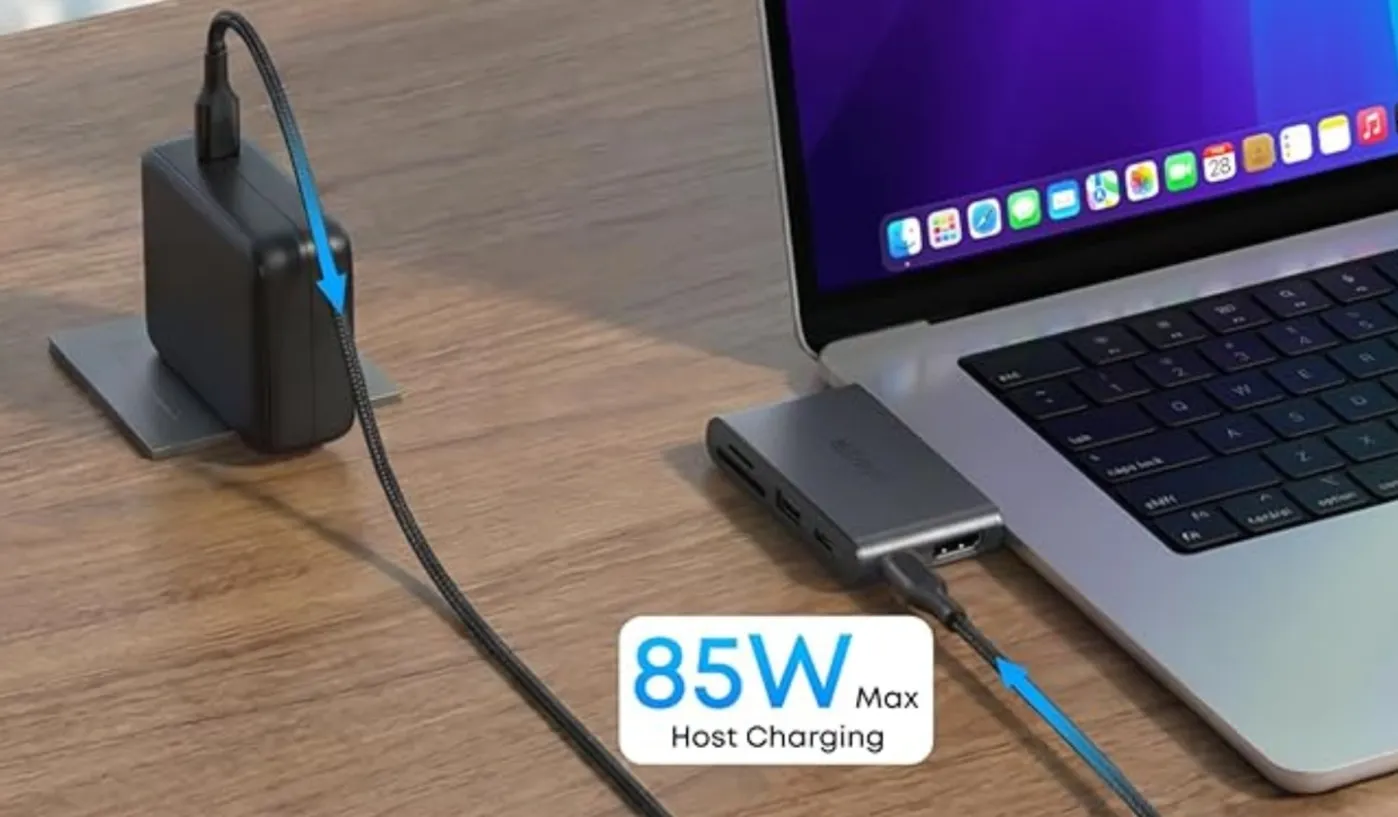Xiaomi's new earthquake monitoring feature use sensors and AI algorithms
xiaomiThursday, 03 June 2021 at 16:56

Xiaomi has since developed an earthquake warning system that alerts users of an impending quake. Recently, the company announced that this feature is now available in 25 provinces across China. Xiaomi claims that since the launch of the earthquake early warning function, it has successfully warned more than 35 earthquakes of magnitude 4.0 or higher. Today, Xiaomi announced that Xiaomi mobile phones can not only receive earthquake warning information but can also monitor earthquakes. The new earthquake monitoring feature uses a type of edge computing technology. It uses the low-power sensor built into the mobile phone to sense seismic waves. After that, the AI algorithm will effectively calculate the seismic information. Then users will get the first warning if there is an incoming earthquake.

Xiaomi claims that this technology not only saves the cost of earthquake monitoring but also greatly increases the number of monitoring. The company believes that this makes the national earthquake monitoring and early warning network more complete. Users of the MIUI system can open the mobile phone manager and click on the "earthquake warning" function to join the earthquake monitoring and become a volunteer.
According to Xiaomi, the earthquake monitoring function was jointly developed by Xiaomi and Chengdu High-tech Disaster Mitigation Research Institute. This function will eventually arrive on all Xiaomi phones. At present, some Xiaomi/Redmi phones and MIUI systems support this feature. It will gradually roll out to more devices in the future.

As of now, we can not verify how accurate the predictions of MIUI earthquake functions are. Earthquake prediction is a very complex process. In fact, there are not many accurate and successful predictions of earthquakes globally.
Xiaomi MIUI “Earthquake Warning” Feature – How It Works
Earthquake “early” warning system uses the time difference from the faster-propagating waves to make predictions. Since these waves emanate from deep below the surface and move very fast, the warning period is usually in seconds. The faster longitudinal wave and the slower transverse wave have a relationship.
Since the longitudinal relatively harmless wave arrives first, the arrival time of the associated destructive transverse and surface waves can be quickly predicted. The arrival time difference between these waves is usually very small. Theoretical studies have shown that if the warning time is 3 seconds, the casualty ratio can be reduced by 14%. If it is 10 seconds, the casualty ratio reduces by 39% while if the warning time is 20 seconds, the casualty ratio can also reduce by 63%.
Loading






